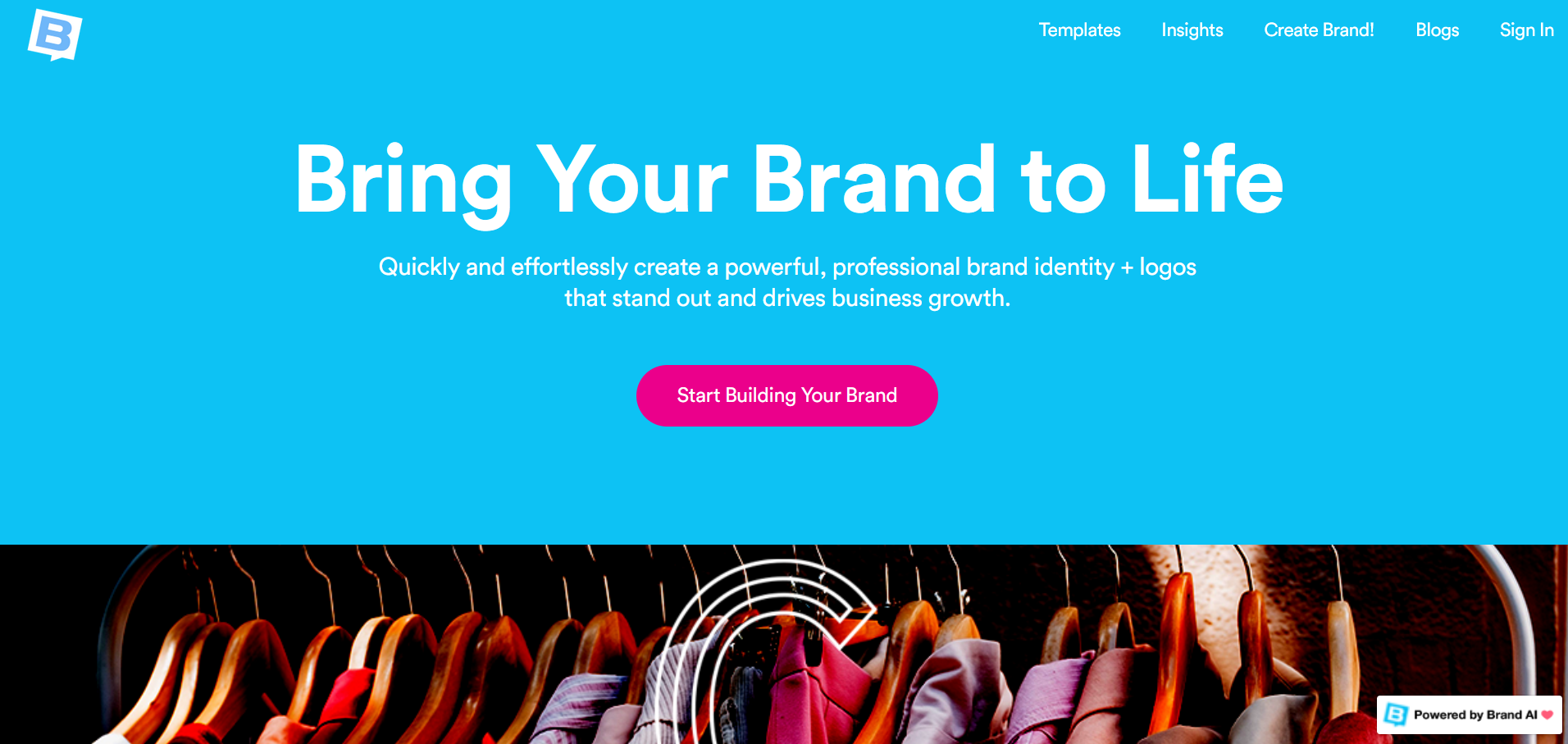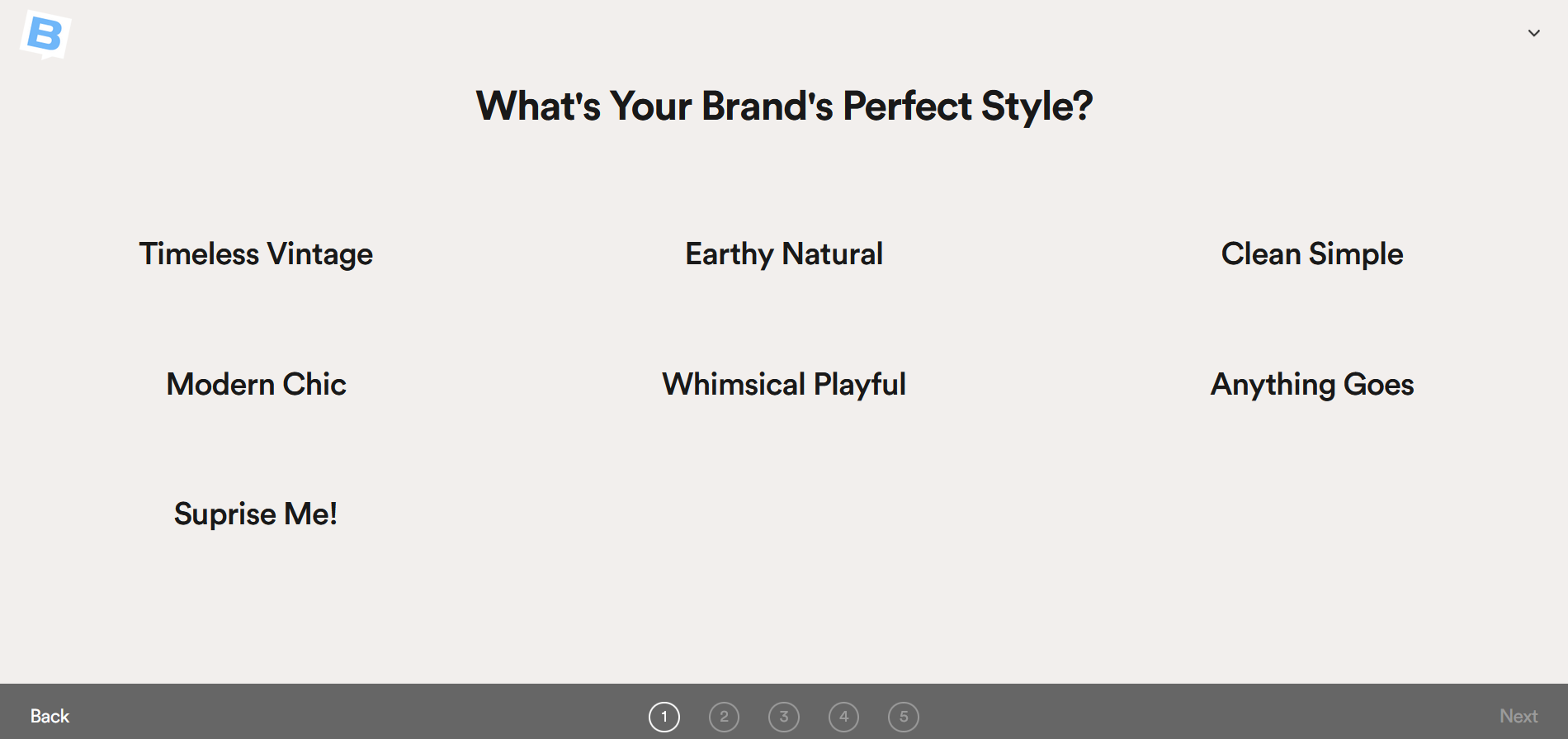The Role of Logo and Visual Design in Building Brand Identity
Quick summary
- Logos Deliver More than Aesthetics: They convey the brand’s mission, represent values, and create emotional bonds with the audience.
- Cohesion is Recognition: Consistent design elements boost brand recognition across multiple platforms.
- Colors and Typography Speak Volumes: These elements elicit specific emotions and connections with the brand.
- Adaptation is Crucial: Logos must evolve to remain relevant in a fast-paced digital environment.
- Timelessness Meets Flexibility: A balance between classic design principles and modern adaptability ensures longevity.
- Minimalism for Versatility: Simple designs enhance scalability for any application.
- Visual Storytelling Enhances Recall: Logos narrate the brand’s story and foster deep emotional connections.
- Consistency Fosters Trust: A consistent brand identity builds trust, loyalty, and strengthens relationships.
Introduction
The Powerful Impact of a Compelling Logo
A logo is not just a random image; it’s a magical mix of storytelling, identity, and promise. Think of Nike’s powerful swoosh or the unmistakable arches of McDonald’s—they’re not merely images, but iconic symbols interwoven into the fabric of our culture, tapping into our emotions effortlessly. Essentially, a great logo communicates without words, forms an instant connection with its audience, and reflects the brand’s purpose while remaining relevant amidst the changing tides.
Logos and associated visual branding are strategic assets that foster recognition, build trust, and encourage loyalty. They craft seamless experiences, establishing deep-rooted connections across diverse platforms. Whether it’s the comforting effect of familiar colors or the profound impact of a unique typeface, visual branding is key to nurturing meaningful interactions. In this article, we’ll unravel the unfolding significance of logos and visual design, dissect the principles behind crafting enduring brand identities, and uncover techniques for future-proofing your brand strategy in our ever-evolving digital era.
The Strategic Role of Logos in Crafting Brand Identity
The Role of Logos in Brand Identity Design
At the core of every successful brand is its logo—a crucial visual piece that encapsulates its mission and core values. Logos represent much more than just fancy symbols; they are the direct line of communication that cuts through the chaos, acting as universal identifiers that encourage emotional ties and allegiance.
Why Logos Matter in Building Brand Identity
-
Cross-Platform Recognition: Robust logos facilitate immediate brand identification, be it on a skyscraper-sized billboard or a tiny social media icon. Nike’s swoosh, for instance, embodies athleticism and innovation around the globe.
-
Connection to Core Values: A solid logo mirrors the brand’s inner essence. Tesla’s sleek “T” highlights innovation, precision, and sustainability—aligning seamlessly with its mission.
-
Consistency as Visual Anchor: Logos are the nucleus around which cohesive branding systems form. Consistent application amplifies the logo’s impact, strengthening every aspect from typography to packaging.
A well-crafted logo captures emotional and visual resonance, setting your brand apart from competitors and paving the way for prolonged trust and customer loyalty.
The Emotional Power of Visual Design
Logos extend beyond mere brand acknowledgment—they speak directly to the emotional and subconscious layers of the audience’s psyche. Visual elements like color, typography, and shapes aren’t just decorative—they’re potent tools for transmitting intangible attributes that form emotional bonds.
Building Emotional Connections with Visual Elements
-
Color Psychology: Colors drive emotional responses. Take red, associated with passion and energy (hello, Coca-Cola); blue, promising trustworthiness (looking at you, IBM and Facebook); or green, symbolizing growth and sustainability (think Whole Foods and Starbucks).
-
Shape Symbolism: The geometry of logos can silently carry meanings. Rounded designs, like Starbucks’ logo, radiate warmth, whereas angular shapes, like Adobe’s, denote strength and forward-thinking vision.
-
Consistency in Visual Storytelling: Harmonious integration of colors, typography, and imagery stamps an emotional mark and encourages loyal connections. McDonald’s golden arches maintain this unity across all platforms.
Visual design reinforces the emotional bridges brands build with their audiences, elevating both recall and resonance.
Principles for Crafting Timeless Logos and Visual Designs
Simplicity and Versatility: The Cornerstones
Enduring logos share a fundamental trait: they leverage simplicity. Streamlined, uncluttered designs are universally recognizable and adaptable to various formats, ensuring lasting impact.

-
Simplicity Captures Attention: A clean, straightforward design, such as Apple’s minimalist bitten apple, stays firmly in the public consciousness with a single glance.
-
Scalability Across All Mediums: Versatile logos maintain their identity regardless of scale or medium. Airbnb’s “Bélo” shows the ease of fitting in from a smartphone screen to a billboard.
-
Timeless Over Trendy: Longevity doesn’t dance to trends. Take Coca-Cola’s classic wordmark—it’s all about continuity rather than chasing fads.
Consistency: Creating Unified Brand Experiences
To unleash a logo’s potential, it needs to anchor a broader, unified visual identity system. When typography, color, and imagery march in sync, the result is an unforgettable brand identity.
Action Plan for Consistent Branding
- Use a steady color palette for everything—from packaging to digital platforms.
- Align typography with brand tone: Serif for sophistication, sans-serif for modernity.
- Craft visual style guides showing logo placements and design elements, ensuring a consistent multi-channel presence.
Consistency builds trust, presenting a stable, professional image that nurture relationships with loyal customers.
Adapting Logos for the Digital Age
Flexibility and Responsive Design
Digital innovation has reshaped how brands interact with audiences. Modern logos must deftly navigate responsive designs, new platforms, and cultural shifts.
Strategies for Crafting Digital-Ready Logos
-
Responsive Designs: Logos should adjust seamlessly across devices without losing their oomph. Google’s sans-serif transformation ensures clarity on every gadget.
-
Simplified Shapes for Flexibility: MasterCard distilled its brand identity with two overlapping circles, maintaining integrity across various surfaces.
-
Staying Culturally Relevant: Logos should reflect contemporary tastes without compromising brand essence. Brands like Spotify and Twitch merge vibrant gradients and motion designs to captivate tech-smart audiences.
Anticipating technological twists and cultural preferences ensures logos remain fresh and compelling.
Conclusion
Logos and visual design spearhead a brand’s identity—they’re strategic tools crafting recognition, forming emotional connections, and weathering perpetual relevance. Converging timeless design principles with adaptability guarantees symbols of trust and value. By prioritizing clarity, consistency, and emotional connection, businesses ensure their branding resonates across all touchpoints.
With ongoing tech advancements and cultural shifts shaping consumer expectations, the clamor for innovative, adaptive logo designs will magnify. Brands that mesh innovation with timeless principles won’t just keep pace but will redefine the visual identity’s future.
Click here to create a powerful, professional brand


